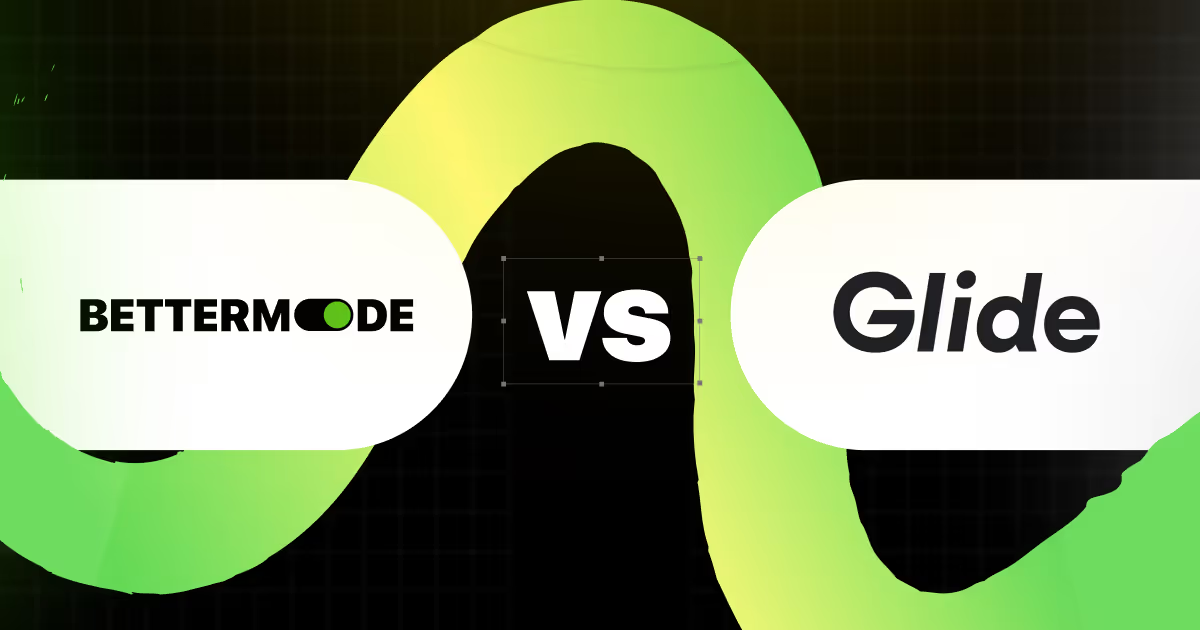Bettermode: 5 Inspiring Product-Led Growth Examples to Learn From

You know that feeling when a product just clicks? No sales pitch, no lengthy demo — it just works. You try it once, and before you know it, you're telling everyone you know about it. That’s the magic of product-led growth.
Over the past few years, we’ve seen a massive shift in how companies grow. The old playbook — gated demos, cold emails, long sales cycles — is slowly being replaced by a much simpler idea: let the product do the talking. And when it’s done right, it works incredibly well.

In this article, we’re diving into five real-world examples of companies that nailed product-led growth (PLG) and established a powerful community around their brands. But before we jump into those, let’s break down what PLG actually means — and why so many fast-growing tools are betting on this strategy to attract and keep users.
What is product-led growth?
Product-led growth (PLG) is exactly what it sounds like — a growth strategy where the product takes center stage. Instead of relying on sales reps to close deals, the product itself attracts, converts, and retains users.
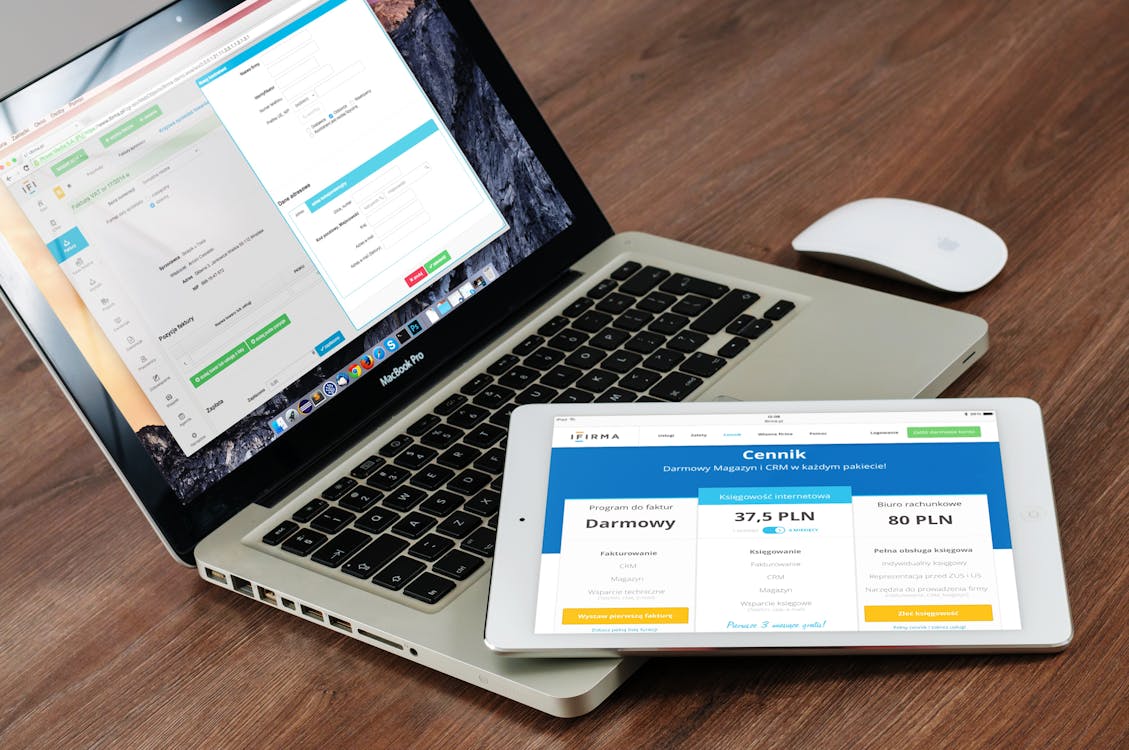
Think of it as letting people try before they buy — and making sure they get enough value upfront to want more. When a product solves a real problem and is easy to use, it starts selling itself.
Here are the key ingredients that make product-led growth work:
- Self-service onboarding – New users can sign up and start exploring the product on their own, without needing a demo or a call with sales. This lowers the barrier to entry, improves the user journey, and speeds up time-to-value.
- Freemium product – Many PLG companies offer a free trial of the product with limited features. It’s a way to let product-qualified leads experience the core value before deciding to become paying customers.
- In-app guidance – Helpful tooltips, walkthroughs, and onboarding checklists guide users through their first steps. Instead of reading a manual, users learn by doing — directly in the product.
- User-centric design – Within a product-led approach, tools are built with the user in mind. They’re intuitive, clean, and frictionless, so people don’t need a tutorial to figure out how to use them. A great product makes users want to stick around.
When all these pieces work together, they create a product experience that pulls people in – and keeps them coming back, increasing the overall engagement and customer lifetime value.
Why product-led growth matters
Product-led growth strategy helps teams grow faster, spend less, and build something users actually love coming back to. Here’s why it works so well:
Scalability – grow without growing your sales team
Let’s say you’re launching a project management tool and 500 users sign up overnight. If your business relies on sales calls to onboard all new users, you’re in trouble. But with a product-led growth model – where users can explore and onboard themselves – that spike in traffic isn’t a bottleneck. It’s an opportunity.

PLG lets your product do the heavy lifting so you can serve thousands without hiring dozens of reps. Instead, you can invest in customer success teams and focus on improving the product according to user feedback.
Lower new user acquisition costs – let your product do the marketing
Imagine you just released a new scheduling tool. One happy user shares their link with a client – that client signs up, and shares it again. Now your tool is spreading through real usage, not paid ads.
This kind of organic, word-of-mouth growth happens naturally when the product is genuinely helpful and easy to share. Most companies see immediate value in deploying customer advocacy to acquire more users. Some invest in a referral program where a primary driver is free access to advanced features or other perks you can offer to paid users.
Higher user retention – create habits, not just accounts
For example, your app helps remote teams share feedback. If your product is intuitive and genuinely improves their workflow, users won’t just sign up – they’ll build it into their daily routine.

That’s the magic of a good product-led strategy. Instead of chasing churn, you’re creating sticky experiences that make people want to stay. This is why a product-led approach is most suited for software companies that help enterprise clients improve their business.
Faster feedback loops – improve with every click
You launch a new feature, and within hours, you see how users interact with it. You notice where they drop off, what they click first, and what gets ignored entirely. That real-time insight helps you adjust quickly – no need to wait for a customer survey or a quarterly review.

Product-led companies listen to the actual user behavior that speaks louder than feedback forms. Not only do you build faster, but you also grow smarter.
Real-world product-led growth examples
Now, let's explore some of the best product-led companies and how they managed to cut down on customer acquisition costs and grow a loyal base of power users.
Slack
Slack's journey began not as a communication tool, but as a side project within a gaming company. The team at Tiny Speck was developing an online game called Glitch, which ultimately didn't gain traction. However, during the game's development, they created an internal communication tool to collaborate more effectively. Recognizing its potential, they pivoted and launched Slack in 2013, focusing on team communication.
Slack's growth was rapid and largely organic. By offering a freemium model, teams could adopt the tool without upfront costs, leading to widespread adoption through user invitations. Its intuitive interface and integrations with other tools made it a staple in many organizations.
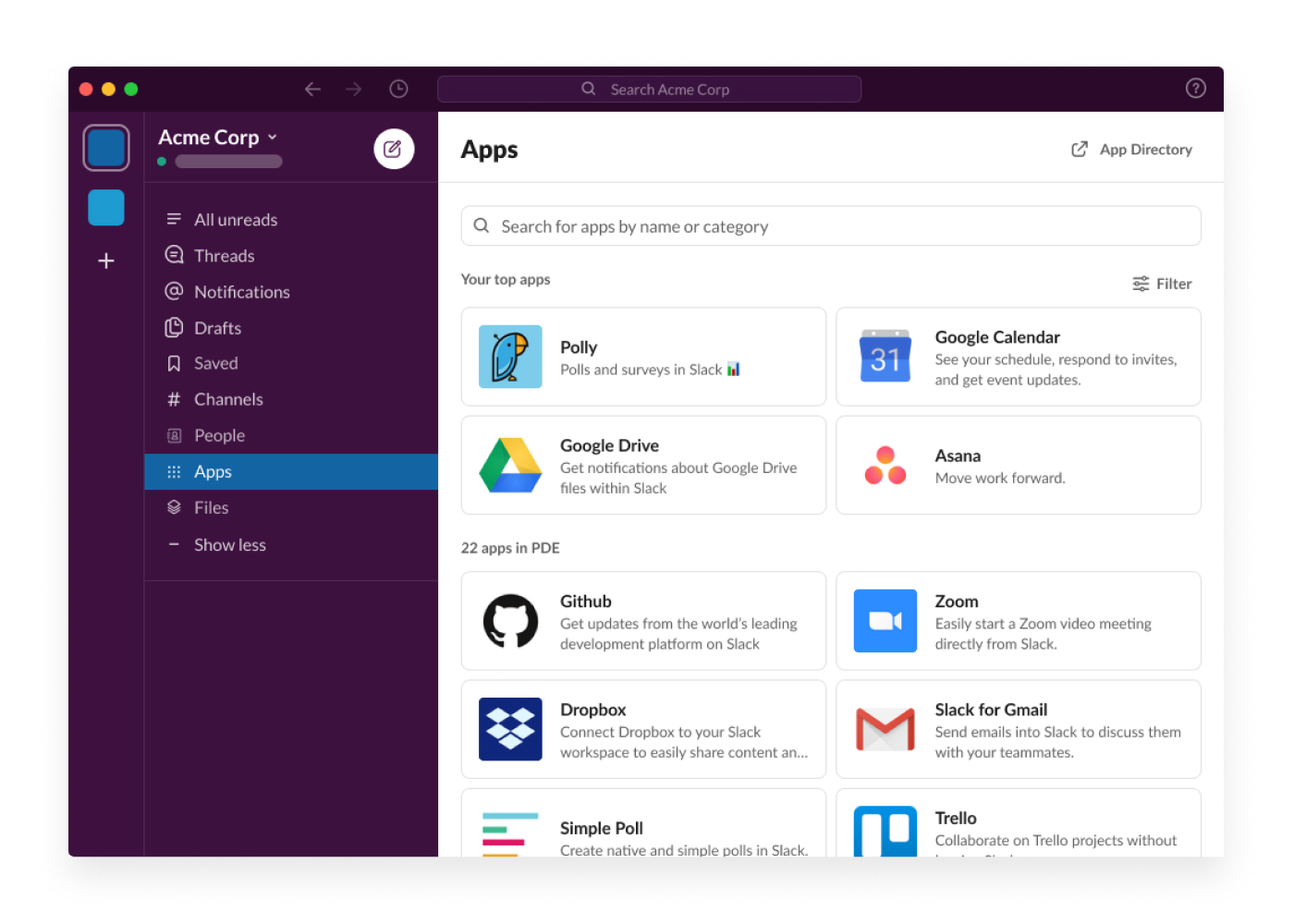
What makes Slack stand out:
- Freemium model – Allowed teams to start using Slack without financial commitment, encouraging widespread adoption.
- User-centric design – Focused on ease of use, making onboarding seamless for new users.
- Integration capabilities – Offered integrations with numerous tools, enhancing its utility in various workflows.
- Organic growth – Relied on user invitations and word-of-mouth, reducing the need for traditional sales efforts.
As of 2025, Slack boasts over 42 million daily active users and continues to be a leading example among product-led growth companies.
Dropbox
Back in 2007, Drew Houston kept forgetting his USB drive. Frustrated, he built a simple tool to store files online. That tool became Dropbox. Dropbox was a great product, but getting people to try it was tough. Paid ads were expensive, and the market was crowded.
So, they tried something different: a referral program. Users got extra storage for inviting friends, and those friends got extra space too. This simple idea led to explosive growth – Dropbox grew 3900% in just 15 months.
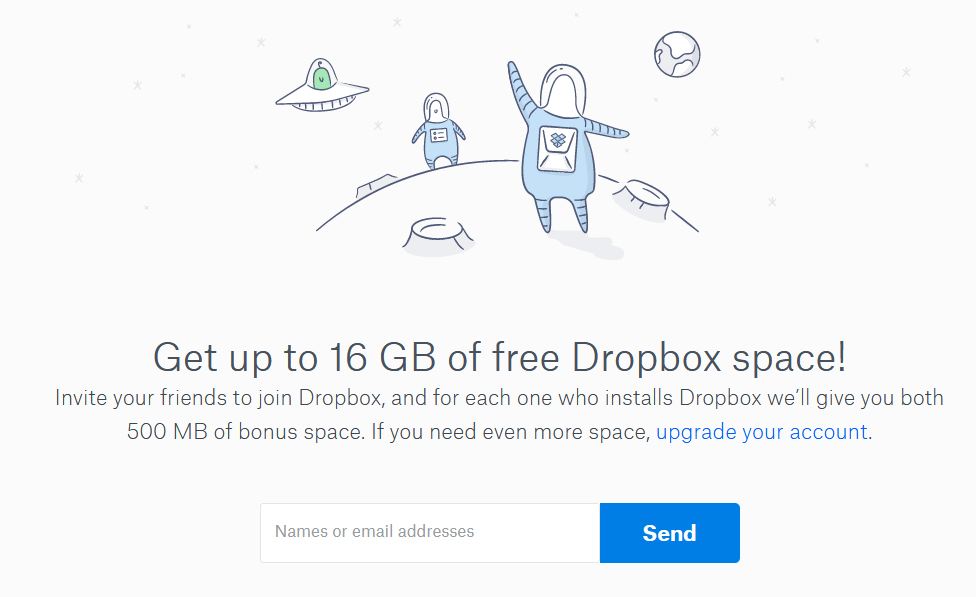
How did they make it happen?
- Double-sided rewards – Both referrers and invitees received 500MB of extra storage.
- Integrated onboarding – The referral program was part of the sign-up process.
- Easy sharing – Users could invite friends via email or social media with a few clicks, optimizing the customer acquisition process.
- Transparent tracking – A dashboard showed users their referral status and rewards within a user-friendly interface.
Dropbox’s referral program turned customers into advocates, fueling massive growth without traditional advertising.
Calendly
Back in 2013, Tope Awotona was working in sales-led companies and found himself constantly frustrated by the back-and-forth emails required to schedule meetings. Recognizing this inefficiency, he decided to create a solution. He poured his life savings into developing Calendly, a tool designed to simplify scheduling by allowing users to share their availability through a personalized link.
Initially, Calendly operated on a freemium model, enabling users to experience its core features at no cost. This approach facilitated organic growth, as users would share their scheduling links, introducing new users to the platform through direct interaction and a simple network effect. Needless to say, this strategy managed to lower customer acquisition costs, but let's see what the aspects of the strategy are as its whole.
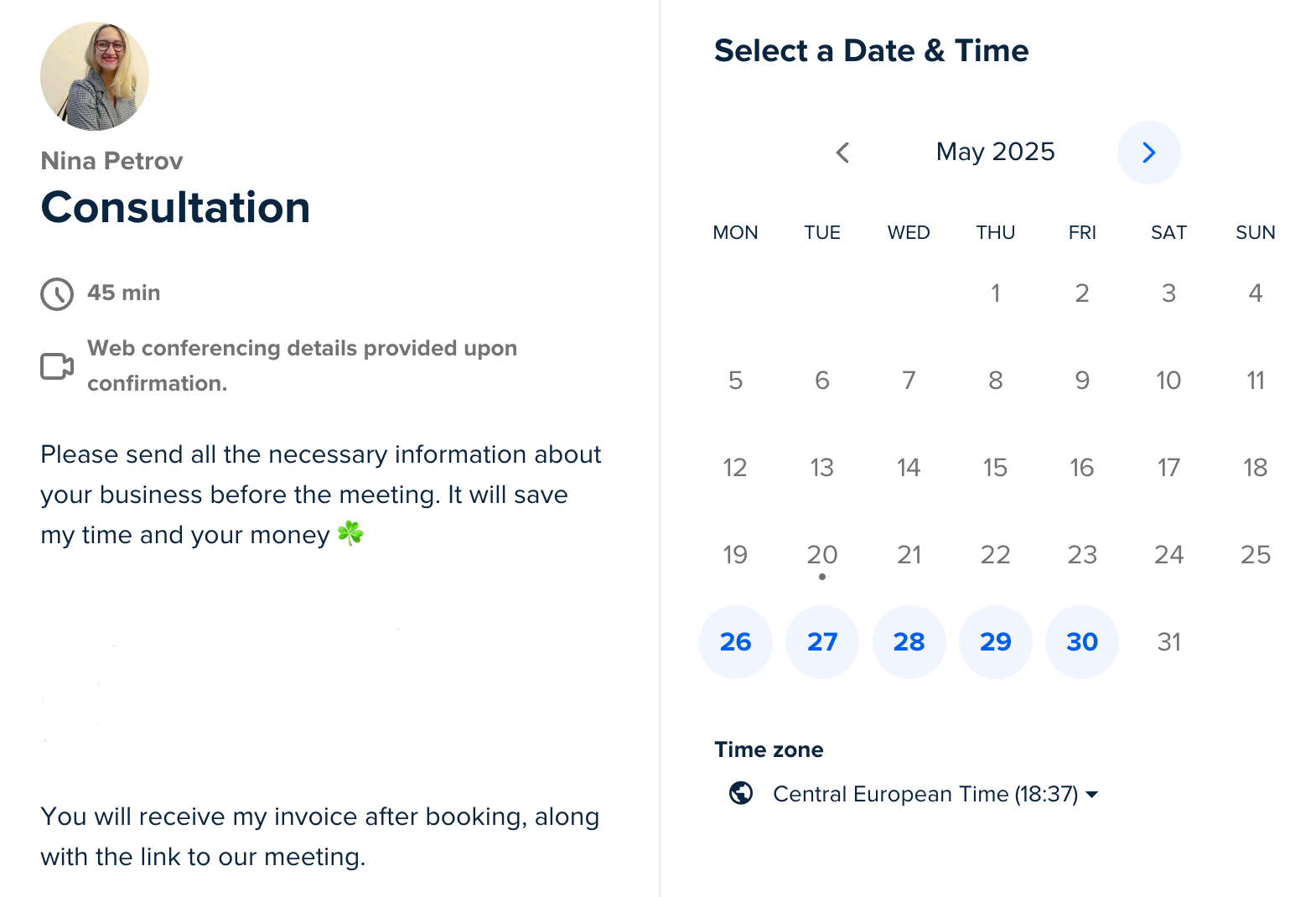
What was Calendly's product-led growth strategy?
- Freemium model – Calendly's free tier allowed users to access essential features, encouraging widespread adoption.
- User-friendly design – The platform's intuitive interface made scheduling straightforward, reducing the need for tutorials or extensive onboarding of end users.
- Viral growth – As users shared their Calendly links, recipients were introduced to the platform, fostering organic expansion.
- Enterprise adoption – By 2023, Calendly was used by 86% of Fortune 500 companies, highlighting its scalability and appeal to large organizations.
Calendly's journey from a simple idea to a platform used by millions exemplifies the power of product-led businesses. By focusing on product-led experience and organic adoption, it transformed a common frustration into a widely embraced solution.
HubSpot
In 2014, HubSpot made a bold move: they launched a free CRM. At the time, most CRM tools were either expensive or complicated, or both. HubSpot's founders, Brian Halligan and Dharmesh Shah, believed that by removing cost and complexity, they could help businesses grow better. So, they decided to offer a CRM that was not only free but also easy to use.
This approach wasn't about generosity; it was strategic. By providing a free, user-friendly CRM, HubSpot attracted a vast number of small and medium-sized businesses. As these businesses grew, many found value in HubSpot's premium offerings, leading to a natural progression from free to paid services.
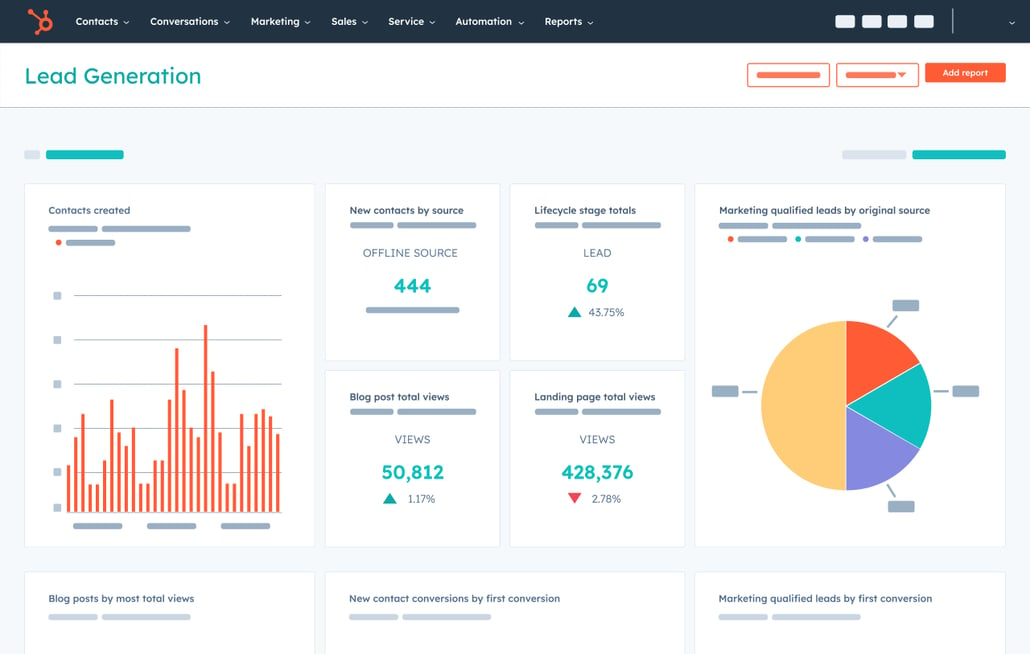
How HubSpot integrated product-led growth into its business model
- Freemium users – HubSpot's free CRM serves as an entry point, with users often upgrading to paid tiers as their needs expand.
- User-friendly design – The CRM is designed for ease of use, allowing businesses to get started without extensive training.
- Integrated tools – HubSpot offers a suite of developer tools that integrate seamlessly, providing value across marketing, sales, and customer service.
- Scalable solutions – From startups to large enterprises, HubSpot's offerings scale to meet the complex business functions.
The freemium strategy has paid off. While resolving many pain points of various user segments within SMEs and corporations alike, HubSpot has ensured its product usage across the globe. Since its IPO in 2014, the company's stock has seen significant growth, reflecting its successful product-led approach.
SurveyMonkey
It was far back in 1999 when Ryan Finley created SurveyMonkey to simplify the process of collecting feedback. At a time when online surveys were complex and costly, SurveyMonkey offered a user-friendly, affordable solution. This approach resonated with users, leading to rapid adoption.
SurveyMonkey's product managers centered on ease of use and accessibility. By allowing users to create and share surveys effortlessly, the platform expanded its user base organically. Recipients of surveys often became new users themselves, creating a viral loop that fueled growth.
Over the years, SurveyMonkey continued to innovate, introducing features like mobile optimization and AI-powered insights to existing customers, maintaining great relationships with its community. The company also expanded its offerings to cater to enterprise clients, integrating with various business tools to provide a comprehensive feedback solution.

Ingredients for SurveyMonkey's secret sauce
- Freemium model – Offered a free tier to attract users, with premium features available for paying customers.
- User-friendly design – Focused on simplicity, enabling users to create surveys within a self-serve product, without technical expertise.
- Organic growth – Leveraged the viral nature of surveys to expand its user base without heavy reliance on traditional advertising.
- Enterprise expansion – Integrated with business tools and offered advanced features to cater to enterprise clients.
SurveyMonkey's commitment to user-centric design and organic growth strategies has solidified its position as a leader in the online survey space.
The key to growth for all product-led organizations we've mentioned here is a deep understanding of what the audience wants through a tight feedback loop. As soon as you deliver a powerful tool and keep improving it according to the actual market demand, users realize that good things deserve spreading the word.
Common traits among PLG companies
If you’ve noticed a pattern in all these product-led growth examples, you’re right. While each product has its own flavor, they all share a few core traits that make product-led growth work.
User-focused design – make it easy, and people will stay
Every one of the tools we talked about put usability first.
Slack made team chat feel natural. Dropbox kept file-sharing simple. Calendly took the friction out of scheduling. None of them needed a user manual — because the best products don’t.

Product-led growth companies obsess over the experience from day one. It’s not just about features – it’s about flow, speed, and clarity so users can see value right away.
Data-driven decisions – improve with every click
Behind the scenes, all these companies rely heavily on usage data to refine their product.
Dropbox saw which referral flows converted. HubSpot tracked where free users hit upgrade points. Calendly learned how teams used scheduling links across roles and contexts.
This constant loop between what users do and what gets built next is at the heart of every successful product-led growth strategy.

Community engagement – turn users into advocates
Slack and HubSpot are great examples of this. Their online communities became a key growth engine, answering questions, sharing tips, and even influencing the roadmap.
Whether it’s through forums, webinars, or user-generated content, product-led growth companies actively build a space around the product where users can connect and support each other.
Transparent value propositions – show what you offer, clearly
Freemium doesn’t mean hiding value. It means showing just enough to make the user think: “This is great — I’d pay for more.”
Each of these tools makes it crystal clear what you get for free, what you unlock when you upgrade, and why that upgrade makes sense. No guesswork. No hard sell. Just honest, visible value, and transparent pricing.

How Bettermode aligns with PLG principles
Product-led growth doesn’t stop at sign-up — it extends into how you onboard, educate, and engage users after they start using your product. That’s where Bettermode comes in.
Whether you’re building a community around your product, offering self-service support, or turning your users into your biggest advocates, Bettermode is an online community platform that makes it happen.
Self-service onboarding – give users the answers before they ask
Product-led companies thrive on reducing friction. With Bettermode, you can build a branded knowledge base, publish how-to guides, product walkthroughs, and onboarding checklists – all in one place.

Users get the information they need, when they need it – no tickets, no delays.
Community spaces – support, feedback, and product love in one hub
Build a community where users can ask questions, share ideas, and connect with each other. Think of it as your product’s social layer – a space where conversations happen around what you’re building.
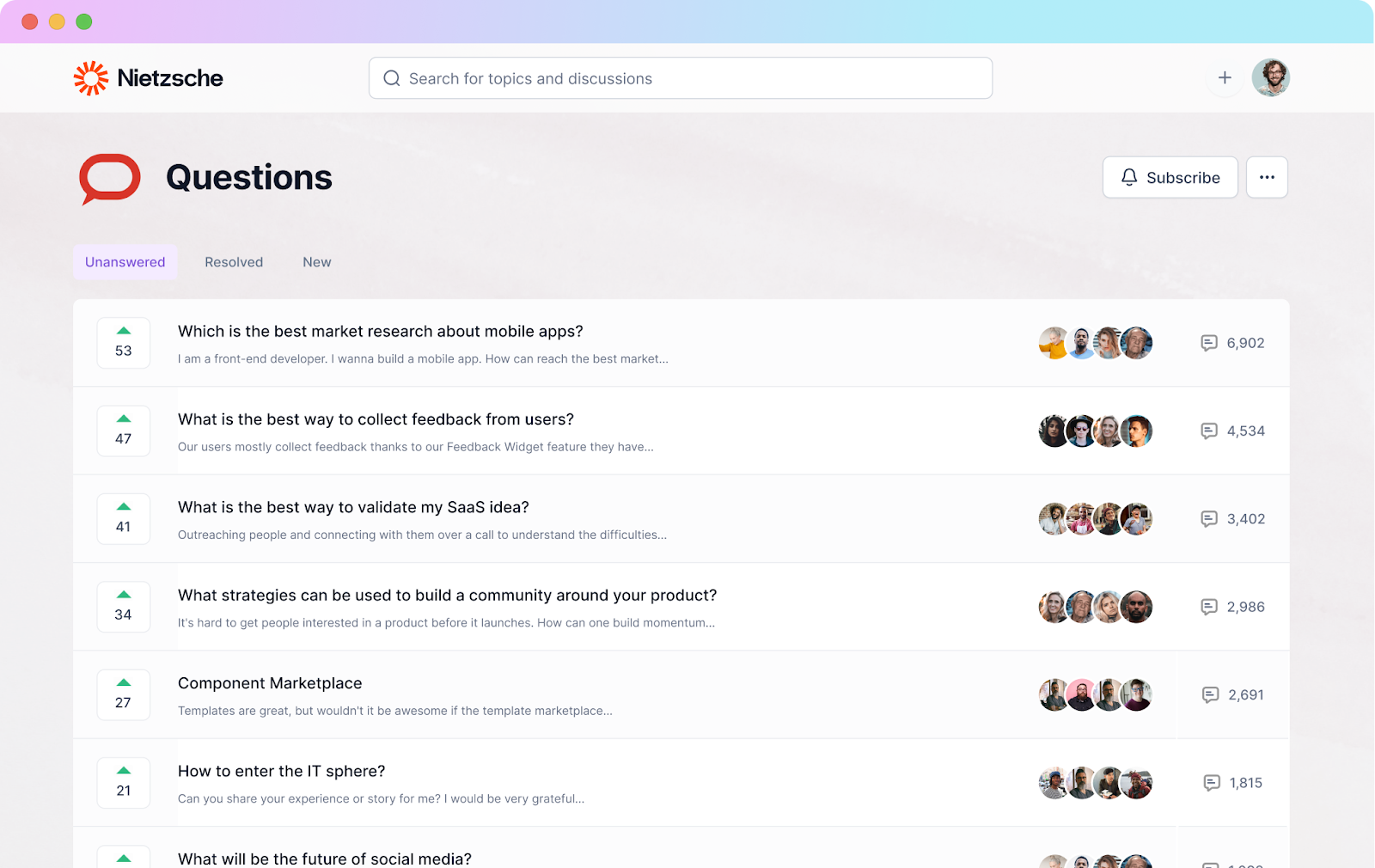
It’s more than a customer support forum – it’s trust-building, feedback collection, and advocacy all at once.
Customer portals – personalized experiences for loyal users
Need a private space for partners, customers, or power users? Bettermode lets you create custom experiences for different audiences – gated content, targeted updates, and member-specific access.
Perfect for private communities of SaaS companies with tiered plans or growing customer bases.
Growth through engagement – let users fuel the flywheel
Every active user is a potential advocate. This is why the growth model depends on high customer engagement.
Bettermode helps you build spaces where product fans can write guides, answer questions, share use cases, and bring in others – all organically.
That’s how communities grow – and why product-led growth companies use them to scale without adding more pressure to the sales team.
Final thoughts
Product-led growth isn’t just a trend – it’s how some of the most successful companies today are scaling without relying on bloated sales teams or endless ad budgets. When your product delivers real value and your users can see that for themselves, growth becomes a natural next step.
The examples we explored – from Slack’s viral team adoption to Dropbox’s legendary referral loop – all show how powerful a product-led strategy can be. But great products don’t exist in a vacuum. They grow faster when they’re supported by communities, knowledge hubs, and spaces where users can explore, learn, and connect on their own terms.
That’s where Bettermode fits in.
If you’re building with a product-led mindset, Bettermode helps you support users at every step – from onboarding to advocacy. You can launch a branded community, build a help center, or create a customer portal without writing a single line of code.
Get started – it’s free! Launch your community with Bettermode.
FAQs
What is an example of product-led growth?
Dropbox is one of the most cited examples. Instead of running ads, they grew by rewarding users with extra storage space for every successful referral, letting the product market itself through usage.
Which company is an example of product-led marketing?
Calendly is a great example. Every time someone shares a scheduling link, they’re introducing someone new to the product. It’s a form of marketing baked right into how the product works.
What is a product-led growth environment?
It’s a setup where the product is the main driver of growth, not sales calls or paid campaigns. In this kind of environment, users can explore the product on their own, get value quickly, and upgrade when they’re ready.
What are the biggest PLG companies?
Some of the most well-known PLG companies include Slack, Dropbox, HubSpot, Calendly, Notion, Figma, and Zoom. They all rely on self-serve adoption, intuitive design, and strong user engagement to scale.




